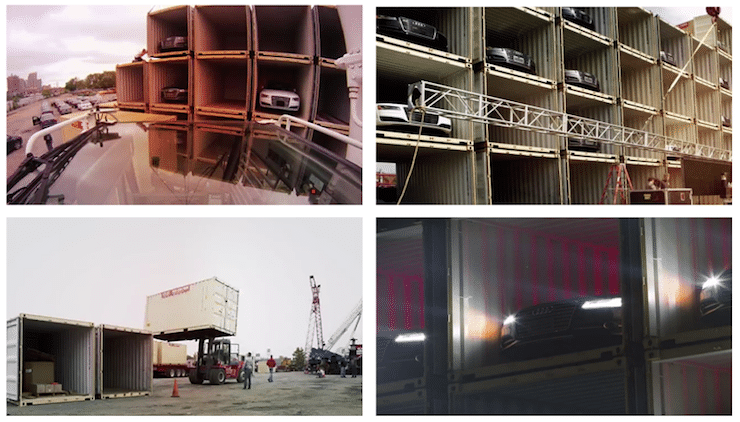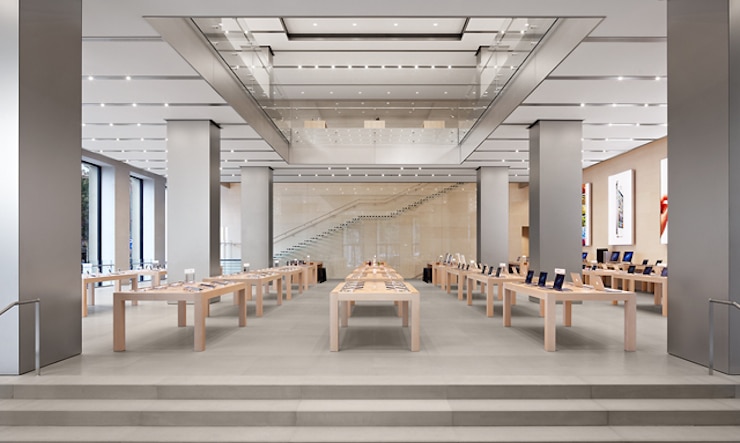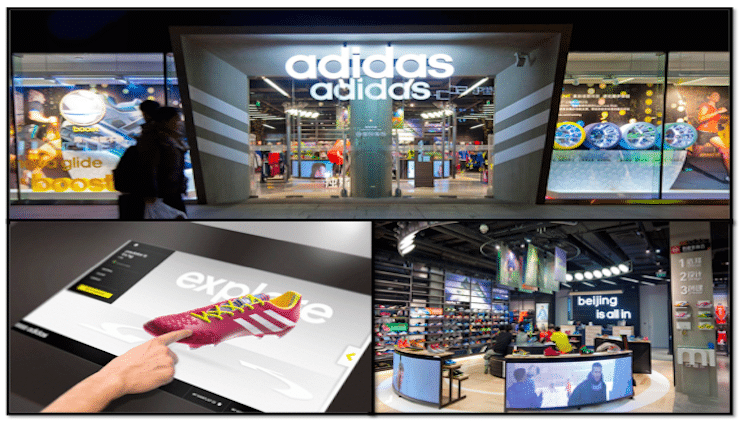Reaping the benefits of raising brand awareness in a worldwide illustrious tournament such as the World Cup cannot go unnoticed. Despite the huge sums involved in World Cup sponsorships – FIFA raised more than $1bn from global brands in 2010 – questions remain about how best to derive maximum marketing value from the tournament. The World Cup is a four-week frenzy when brands fight for consumers’ attention, so achieving cut-through during the event is a difficult task for all marketers especially in a world where we are overthrown and overloaded with excessive information.
Guerilla marketing is one creative way for brands to engage with their target audiences through placing advertising messages that aim to create a memorable impression on the eyes of the beholder. Not only does Guerilla marketing increase the brand perception but it also creates a social buzz that of raises awareness, especially where so many luxury brands are clamoring to get everyone’s attention during the World Cup. By placing advertising in non-traditional mediums, advertisers ‘blur the boundary between the advertised message and its surrounding content making it more difficult for consumers to identify advertising as advertising as it is made less irritating and disrupting of the content.’
A contemporary brand that is successfully implementing Guerrilla marketing during the World Cup is German auto giant Audi, who with the start of the World Cup switched on the lights in its monumental installation on the Brooklyn waterfront, called the “scoreboard”. This 40 foot high LED “scoreboard” uses 28 showroom-new Audi A8 luxury cars to ingeniously display all of the World Cup results; each individual A8 sits inside an open-ended shipping container as the cars’ headlights broadcast football results to New Yorkers from across the East River in Brooklyn. The structure is assembled to form two massive “8” configurations that resemble a digital clock and the estimated cost of this construction is to be around $2.1m.
“Scoreboard” highlights Audi’s dedication to get in on the action and the buzz that surrounds the World Cup. Through this Guerilla campaign, Audi aims to increase its brand perception and awareness, blending its unique passion of German engineering and committed interest in football that has been embedded in the brands’ core values: Audi AG has been a partial owner of FC Bayern since 2002. It is more important to understand however, that Audi doesn’t necessarily need to increase its brand awareness in a market that it already dominates. Even though it can strongly be argued that it can enhance its illustrious position in the US Market, it’s more imperative to recognize that Audi is striving to spread the football culture within the US that is evidently behind other mainstream sports. Audi’s press statement proclaims that the display “will bring the excitement of world-class soccer to NYC.”
Through this unconventional marketing campaign, Audi aims to attract the attention of Americans who have not in the past been exposed to such imaginative solutions to promote football and, more specifically, the World Cup. Formulating a promotion as captivating and interesting as this one, Audi wants to engage emotionally with its audience, aiming to evoke senses of infatuation and excitement. Aspiring to shift the perception of football, Audi is eager to get people to participate in the World Cup hype that is everywhere in the World. Everywhere except in one of the world’s biggest countries where the word football is explicitly associated with another sport.
The whole idea of guerrilla marketing is to get the consumer to interact with the product in a way that is unexpected yet memorable. Audi successfully implements this strategy to get the US population to interact both with its cars and the World Cup hype; giving a brand a new angle and positive energy that traditional advertising is not capable of offering. Whether this campaign will help the US population to make more effort to follow football remains to be unseen, but Audi is surely hitting two birds with one stone and shedding light on the World Cup, quite literally.
By: Burak Serin
Influenced by the article “How Audi Created the World’s Biggest World Cup Scoreboard” by Robert Klara







